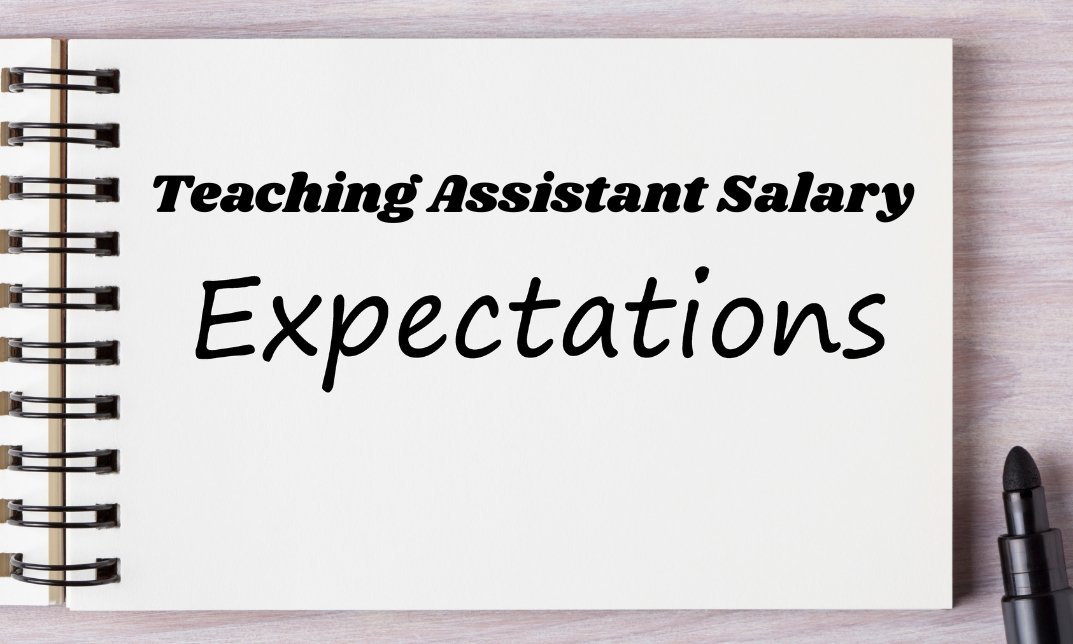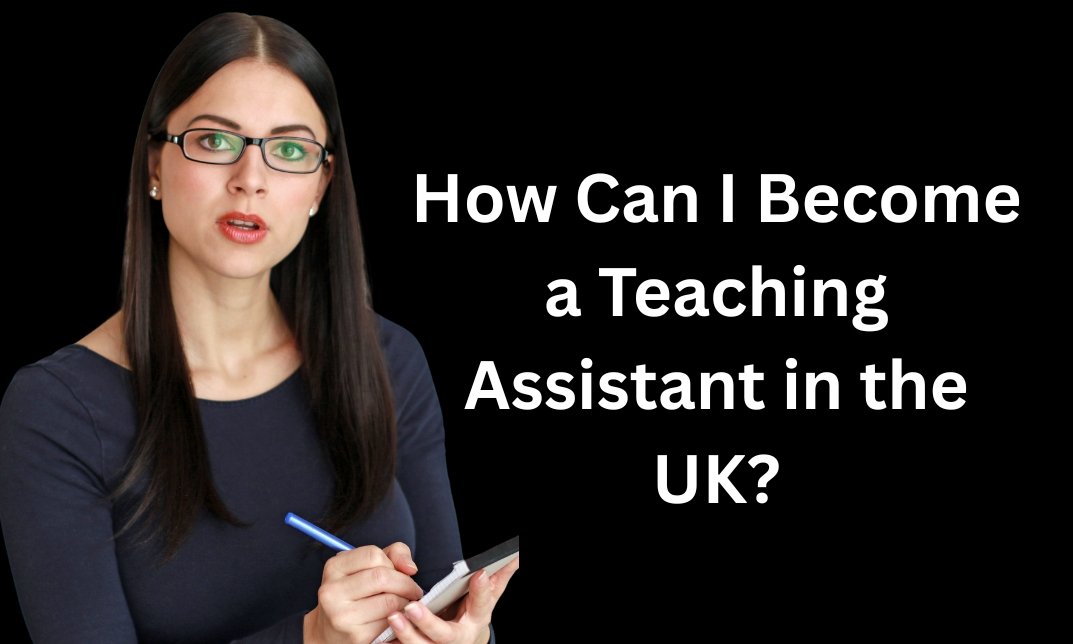No products in the cart.
So, you’re asking: what is a level 3 teaching assistant? Good question. And you deserve a straight answer. You’re not looking for jargon or sugar-coated promises. You want the real story. What do Level 3 TAs do? How do you get there? What can you expect day-to-day? And, of course, how much does a level 3 teaching assistant get paid?
Let’s break it all down. No fluff. Just facts, real talk, and a dash of humour to keep things sane.
So… What Is a Level 3 Teaching Assistant?
Let’s get one thing straight: Level 3 is not just “TA with more worksheets.” It’s a legit step up from Level 2. It’s the difference between “Can you help with this group?” and “Can you run this session while I handle a meeting?”
You may not be the teacher—but you’re trusted, capable, and confident in your role. You work independently, without needing constant supervision.
Whether it’s leading small group sessions, supporting lesson planning, or managing classroom behaviour, you bring real insight—not just observation. You might even mentor new TAs or lead targeted interventions for pupils who need extra support.

What’s the Difference Between Level 2 and Level 3?
In simple terms, Level 2 TAs assist. Level 3 TAs assist and lead.
Here’s the breakdown:
- Level 2 TAs follow instructions and support activities already planned.
- Level 3 TAs plan and lead small activities themselves. They run intervention sessions. They don’t wait to be told every step.
Let’s say the teacher is off sick. You might be asked to run the show with prepared materials. You’re the calm in the chaos.
Another key difference? Confidence. Teachers know you can manage. You’ve trained for it, you’ve done it, and you’ve probably seen every kind of classroom drama there is.
What Does a Typical Day Look Like?
No two days are the same. Seriously.
Monday might start with a spelling group, then a phonics catch-up, and then a maths recap for kids who didn’t quite get it last week. After lunch, you’re running a reading group while helping a pupil on the autism spectrum stay calm and focused.
Tuesday? Maybe you’re helping with science experiments, prepping display boards, and chatting with parents at pick-up time about how their child’s doing.
You might:
- Run interventions (reading, maths, writing, social skills)
- Help plan learning tasks
- Track and report on pupil progress
- Support pupils with special needs
- Cover short-term absences (with prepared lessons)
- Work one-to-one with a child who needs extra help
How Do You Get to Level 3?
You can’t just wake up and decide you’re a Level 3 TA. You need the right qualifications. That’s usually the Level 3 Certificate or Diploma in Supporting Teaching and Learning. It’s a chunky course, but you can do it while working.
Expect:
- About 350 total learning hours
- Modules on child development, safeguarding, SEN, assessment
- A school placement (or current job) to show you can apply it all
Don’t have a Level 2 certificate? That’s okay. Some people skip straight to Level 3 if they’ve got solid experience. Talk to the training provider and the school. They’ll tell you if you’re ready.
And yes, there’s paperwork. There’s reflection. There are observations. But if you’re serious about the role, you’ll get through it.
How Much Does a Level 3 Teaching Assistant Get Paid?

Here comes the honest truth.
If you’re dreaming of big paychecks, this job won’t give you that. But if you want stable hours, a school routine, and solid holiday time—it’s not bad.
So, how much does a level 3 teaching assistant get paid?
Most full-time Level 3 TAs in the UK earn between £21,000 and £25,000 per year. If you’re in London, it can climb higher—around £24,000 to £28,000.
But—and this is big—many jobs are term-time only. And part-time. So, your actual take-home pay might land closer to £16,000 to £20,000 after pro-rata cuts.
Hourly rates? Expect £12 to £14, depending on where you live.
Hardeep, who works in a Leeds primary school, said:
“When I went from Level 2 to Level 3, I got about £2,500 more a year. Doesn’t sound like much, but it paid for my car and fuel.”
Is a Level 3 TA the Same as an HLTA?
Nope. It’s not the same. But it’s close.
Level 3 is a qualification. HLTA—Higher Level Teaching Assistant—is a job status. To be an HLTA, you need to complete an official assessment and prove you meet national HLTA standards.
Level 3 is often the foundation for HLTA. You’ll still work under a teacher. But as an HLTA, you might lead whole lessons. You might cover for teachers. You’ll plan more. You’ll probably get paid more too—often up to £29,000.
If HLTA is your endgame, start strong with Level 3. Then, build up skills, take extra CPD, and apply when you’re ready.
New Route Alert: What’s a T Level in Assisting Teaching?
If you’re 16 to 19 and want to jump into education support, listen up. The Level in Assisting Teaching is the newest kid on the block.
It’s a Level 3 qualification. Like A-levels, but focused on real-world skills. You get:
- Core learning (child development, curriculum support, safeguarding)
- 750+ hours of real classroom placement
- Industry-recognized training to walk into a TA job
You finish the course job-ready. Schools love it. Some even hire straight from T Level placements.
If you’re older? No worries. The usual Level 3 route works better. But if you’re young, this is your foot in the door—with steel-toed boots.
What Skills Do You Need?
You need guts. Patience. Humor. And a strong stomach—because kids are germ factories.
On a serious note, here’s what makes a great Level 3 TA:
- Confidence to take the lead
- A real interest in how kids learn
- Understanding of special needs
- Flexibility (because the plan always changes)
- Solid communication with both kids and adults
- An eagle eye for spotting when someone’s struggling
You also need to work well with teachers. Some TAs try to “go solo” too soon. That rarely works. Respect the teacher’s lead, but bring your ideas to the table.
What Are the Pros?
Let’s start with the good stuff.
- Impact: You change lives. That’s not an exaggeration. One-to-one support? Life-changing for some kids.
- Routine: If you’ve got a family, school hours fit like a glove.
- Variety: No two days are the same. Ever.
- Progression: You can move on to HLTA or even train as a teacher.
- Colleague bond: When the class is wild, and you and the teacher are making eye contact across the room—it’s like war buddies.
What Are the Challenges?
Let’s not pretend it’s all rainbows.
- Low pay: You won’t get rich.
- Tired feet: You’ll stand a lot. And move even more.
- Kids testing limits: Some will push every button you have.
- Limited recognition: You do a lot, but some people still see TAs as “helpers.”
But if you’re in it for the right reasons, you push through. You laugh it off. You vent in the staffroom and then go back in.
How to Stand Out as a Level 3 TA
Want to be the TA everyone wants in their class? Do this:
- Stay calm when things go sideways.
- Know your kids—their moods, their needs, their triggers.
- Speak up if something doesn’t feel right.
- Take the lead when the teachers pull away.
- Be the glue that holds the room together.
Also, learn. Constantly. Take the free CPD sessions. Read up on autism. Learn some BSL if your school needs it. Check out Wise Campus’s Teaching and Training Courses to take your pick.
What’s Next After Level 3?
Level 3 is a springboard. You’ve got choices.
You can go for:
- Higher Level Teaching Assistant (HLTA): More planning, more leading, more money.
- Specialist TA roles: SEN support, EAL, or pastoral care.
- Teacher training: If you’ve got a degree or want to get one.
- Education support roles: Learning mentors, behaviour coaches, and family liaisons.
Quiz Time: Is This Role for You?
Answer yes or no:
- Do you like working with kids, even when they test you?
- Can you take charge without taking over?
- Are you okay with small wins instead of big applause?
- Do you love a routine with just enough chaos to keep it interesting?
- Will you stand up for the quiet kid in the corner?
If you said yes to most of these, Level 3 could be your next move.
Final Word: Why It Matters
Let’s circle back to the question: what is a level 3 teaching assistant?
This isn’t just a filler role—and it’s certainly not second-best to teaching. It’s frontline, hands-on work. It means noticing the child who’s slipping behind—and stepping in to help. It’s about creating space for teachers to teach and giving pupils the support they need to truly thrive.
You don’t need a cape. Just steady shoes, a clear head, and a big heart. Turn curiosity into classroom magic—join Wise Campus’s Teaching Assistant course and level-up from helper to hero. Seats vanish fast—claim yours now!







